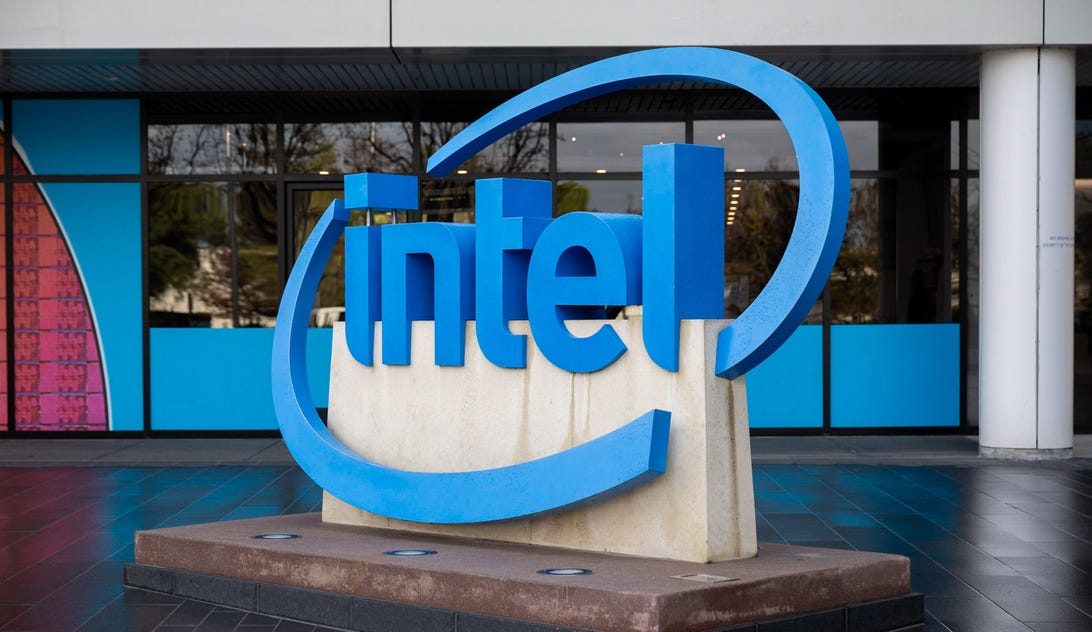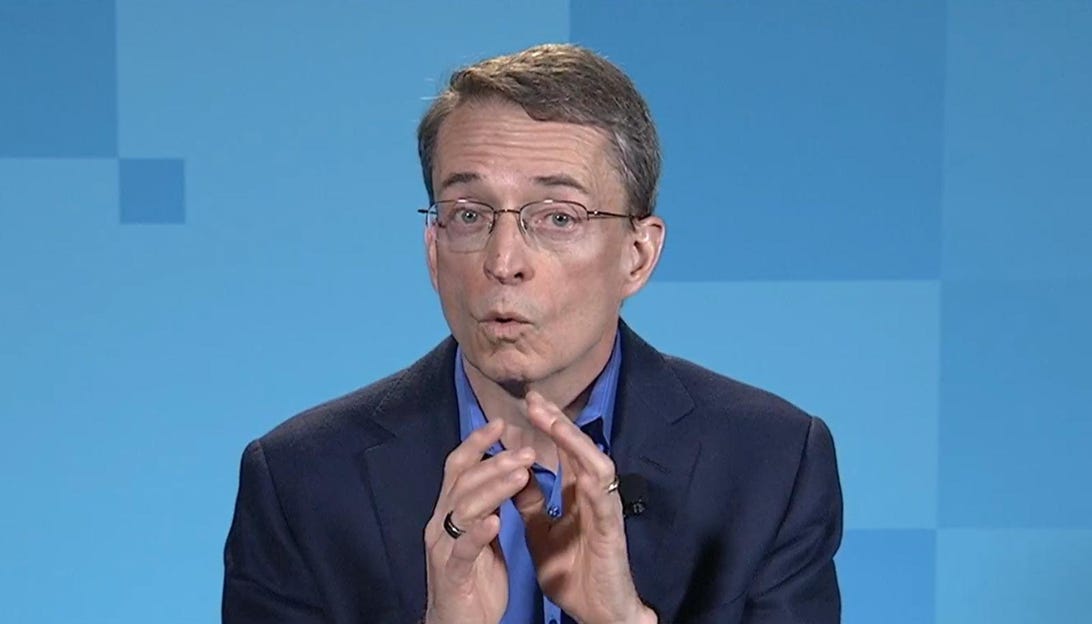[ad_1]

Intel headquarters in Santa Clara, California
Stephen Shankland/CNET
After years of struggling to keep up with competitors, Intel will adopt their core strategy by making other companies’ chips for them, new Chief Executive Pat Gelsinger said Tuesday. Intel largely has focused on making its own chips, but that’ll change with the new and independent Intel Foundry Services business unit.
If it works, it’ll mark a major turnaround for a decades-old Silicon Valley powerhouse. For years, technology leadership and the “Intel Inside” marketing campaign kept the chipmaker at the forefront of personal technology. But in recent years, it failed to tap into the mobile market and has suffered several delays to PC processor progress.
Intel’s move also could help anchor technology supply chains to the United States — an advantage during a time when politicians are concerned about reliance on Asian manufacturers. Intel welcomes political efforts to boost the US processor business, but the foundry shift doesn’t depend on those efforts at all, Gelsinger said.
As Intel lost its chipmaking leadership, companies like Apple, Nvidia, Qualcomm and AMD tapped into the abilities of chip foundries Taiwan Semiconductor Manufacturing Co., Samsung, and others. Apple’s M1 processor, built by TSMC and powering several new Macs, is emblematic of the shift. It’s faster and uses less battery power on many tests than competing Intel chips.
Intel is making progress on moving to its newer manufacturing process, which uses electronic components measuring 10 nanometers, or billionths of a meter, Gelsinger said. He also expressed confidence about the 2023 shift to its 7nm process, which doubles the number of circuitry elements that fit into a given area. Gelsinger’s confident commitments echoed those of former CEO Andy Grove, who led Intel during some of Gelsinger’s earlier tenure at the company.
“Intel is back. The old Intel is now the new Intel as we look to the future,” Gelsinger said. “Our confidence in 7nm’s health and competitiveness is accelerating.”
Intel foundry challenges
Not everyone is so bullish. “The foundry effort seems unlikely to be any more successful than any of Intel’s previous foundry attempts,” said Linley Gwennap, an analyst at Linley Group. “Intel has always failed at foundry because it doesn’t offer standard tools and libraries that TSMC and Samsung support, and external customers know that they will always be the lowest priority in Intel’s fabs.”
Intel’s previous foundry efforts were “weak,” Gelsinger said, but asserted this time it will be different. For example, this time the foundry effort will be a separate business unit with its own profit responsibilities, and will have dedicated capacity for customers, he said.
Also challenging is Intel’s effort at bringing 7nm chip production to volume, accelerating the next shift to its 5nm and embracing new technology to combine smaller “chiplets” into a single more powerful chip package, Gwennap said.
“If anyone can pull that off, Pat is the guy to do it,” Gwennap said of Gelsinger. Gelsinger spent 30 years at Intel, rising to chief technology officer before leaving for a long stint at software maker VMware.
Intel also said it will exceed earlier revenue and profit forecasts for its first quarter, boosted by strong sales of chips for laptops. Remote school and work during the pandemic has triggered a surge in PC spending.
New business, new factories, new customers
With the just-announced strategy, Intel hopes the foundry services will mean new business for Intel. Not only will it build its own processors, like Core and Xeon, it’ll build other tech companies’ chips, too. Intel is investing an enormous $20 billion in two new Arizona chip factories — called fabs — that’ll have dedicated foundry capacity so customers will be confident Intel will make their chips.
The strategy arrives during a major chip shortage that’s delaying car manufacturing and causing other problems. TSMC plans to spend a whopping $28 billion on new chipmaking capacity this year to try to meet demand.

Intel CEO Pat Gelsinger delivers the news that Intel Foundry Services will build other companies’ processors.
Screenshot by Stephen Shankland/CNET
That’s a nice backdrop for Intel’s foundry news. But don’t expect it to help. It takes years to bring new fab capacity online.
Microsoft, Google, Amazon, Qualcomm, Ericsson and Cisco endorsed Intel’s move, though Intel didn’t reveal specifics. It also announced a chip technology and packaging partnership with IBM. Intel Foundry Services “will bolster US competitiveness,” IBM CEO Arvind Krishna said in a statement.
In Intel’s PC heyday, its closest partner in many ways was Windows software maker Microsoft — thus the moniker “Wintel.” Microsoft CEO Satya Nadella offered his support for Intel’s manufacturing changes, a strong vote of confidence given its place in the PC industry, and Gelsinger tweeted back his thanks. The exchange was notable in that Gelsinger is in some ways following Nadella’s lead.
Under Nadella, Microsoft has embraced its powerful rivals like smartphones powered by Google and Apple software, the Linux operating system. Now Gelsinger is lending its manufacturing clout — albeit somewhat tarnished right now — to its top rivals. Gone is the attitude of “you’re with us or you’re against us.”
Intel will let customers build chips using its own x86 processor cores and the Arm designs that dominate the smartphone business. Intel customers also will be able to build chips using RISC-V, a newer rival to Arm designs.
Even as it plans to build others’ chips, Intel will increase its near term reliance on other foundries, including TSMC, Samsung in Korea and UMC in Taiwan, Gelsinger said. But he made it clear Intel’s primary strategy is to build its own chips.
[ad_2]
Source link